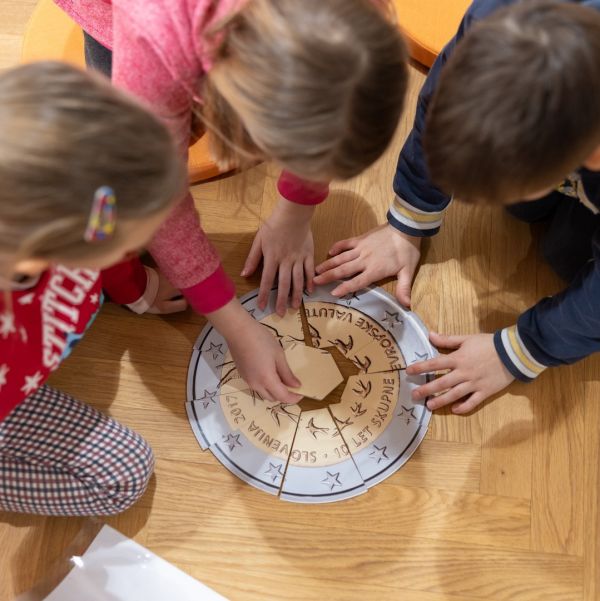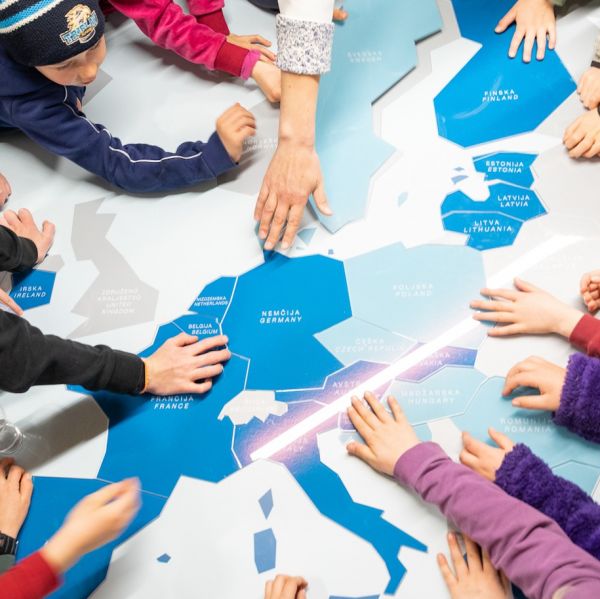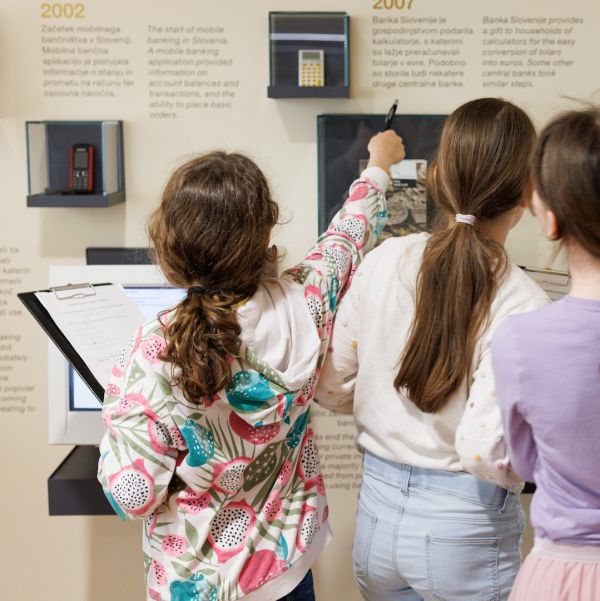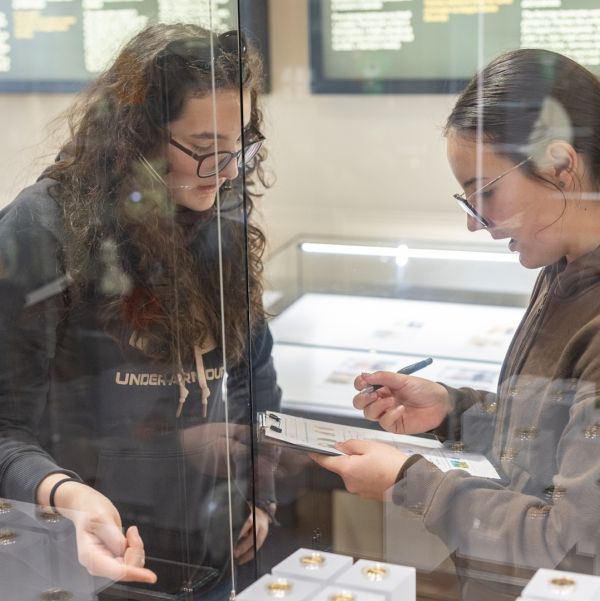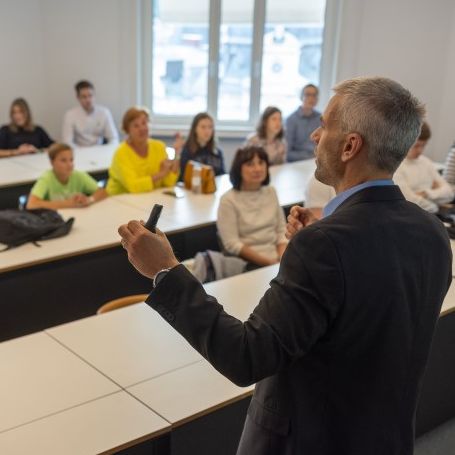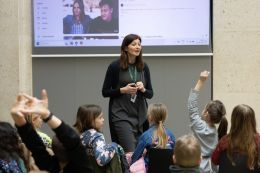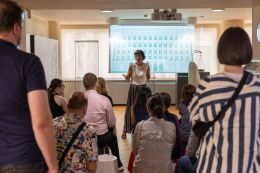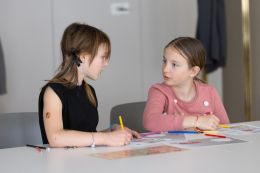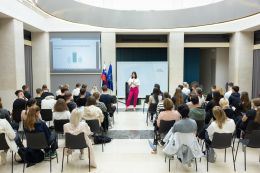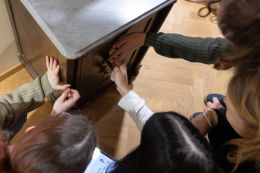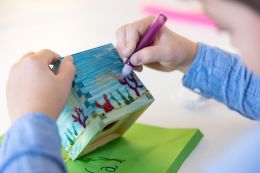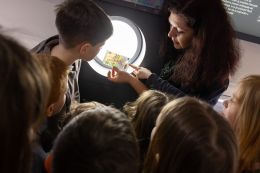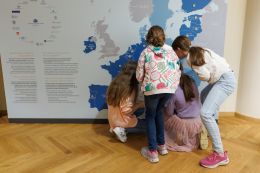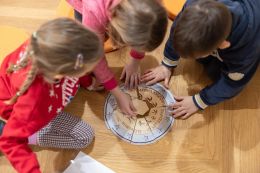
Education Days
Educating the public and raising their awareness of personal finance, key economic concepts, and the role and actions of the central bank is vital to understanding the economic environment in which people live and work. Banka Slovenije therefore devotes great attention to financial literacy of all age groups.
Registration
We organize education days on Tuesdays and Thursdays in the mornings (other days by agreement), the registration must be submitted at least a month before the visit.
For additional clarifications, we can be reached on +386 1 4719778 or via [email protected].
The programme also includes a visit to the Banka Slovenije Museum, which features 30 years of Banka Slovenije’s work, money in Slovenia from independence to the present day, coin collections, and the role and work of the central bank in Slovenia and as part of the Eurosystem.
We look forward to meeting you!
Preschool children and primary school children (up to grade 3)
Proposed content:
Financial workshops for the youngest
Drawing and colouring coins, banknotes, savings banks, assembling commemorative coins, reading stories related to basic financial concepts, playing financial board games, etc.Detecting museum exhibits
In the Banka Slovenije Museum pupils search for museum exhibits to obtain a secret password that unlocks the museum vault.
Primary school children (grade 4 to 6)
Proposed content:
Financial workshops for the youngest
Drawing and colouring coins, banknotes, savings banks, assembling commemorative coins, reading stories related to basic financial concepts, playing financial board games and watching a TV series Young Masters of Finance.A stroll in the Banka Slovenije Museum
Using worksheets, students solve tasks related to the museum's content to obtain a secret password that unlocks the museum vault.
Primary school students (grade 7 to 9)
Proposed content:
What are payments and how they work
How is money transferred between two entities? What are the latest payment methods?Cash
How are banknotes and coins issued? How much money is in circulation? How are counterfeits detected?
A stroll in the Banka Slovenije Museum
Using worksheets, students solve tasks related to the museum's content to obtain a secret password that unlocks the museum vault.
Secondary school students
Proposed content:
What are payments and how they work
How is money transferred between two entities? What are the latest payment methods?Cash
How are banknotes and coins issued? How much money is there in circulation? How are counterfeits detected?Monetary policy implementation at Banka Slovenije
What is monetary policy? How is it conducted? How does it affect the economy?Price stability in the Eurosystem
How do central banks manage inflation? How do they attend to their most important task: price stability?Supervision
How do central banks conduct supervision of commercial banks? What are the risks that need to be assessed? How is supervision conducted at Eurosystem level?Atlas's Secret (virtual game with escape room elements)
Students are divided into groups, which have to complete seven Atlas's tests using a tablet. The aim of the game is to discover the code that unlocks the vault hiding Atlas's secret.
University students and adults
Proposed content:
What are payments, and how they work
How is money transferred between two entities? What are the latest payment methods?Cash
How are banknotes and coins issued? How much money is there in circulation? How are counterfeits detected?Monetary policy implementation at Banka Slovenije
What is monetary policy? How is it conducted? How does it affect the economy?Price stability in the Eurosystem
How do central banks manage inflation? How do they attend to their most important task: price stability?Supervision
How do central banks conduct supervision of commercial banks? What are the risks that need to be assessed? How is supervision conducted at Eurosystem level?Atlas's Secret (virtual game with escape room elements)
Students are divided into groups, which have to complete seven Atlas's tests using a tablet. The aim of the game is to discover the code that unlocks the vault hiding Atlas's secret.

